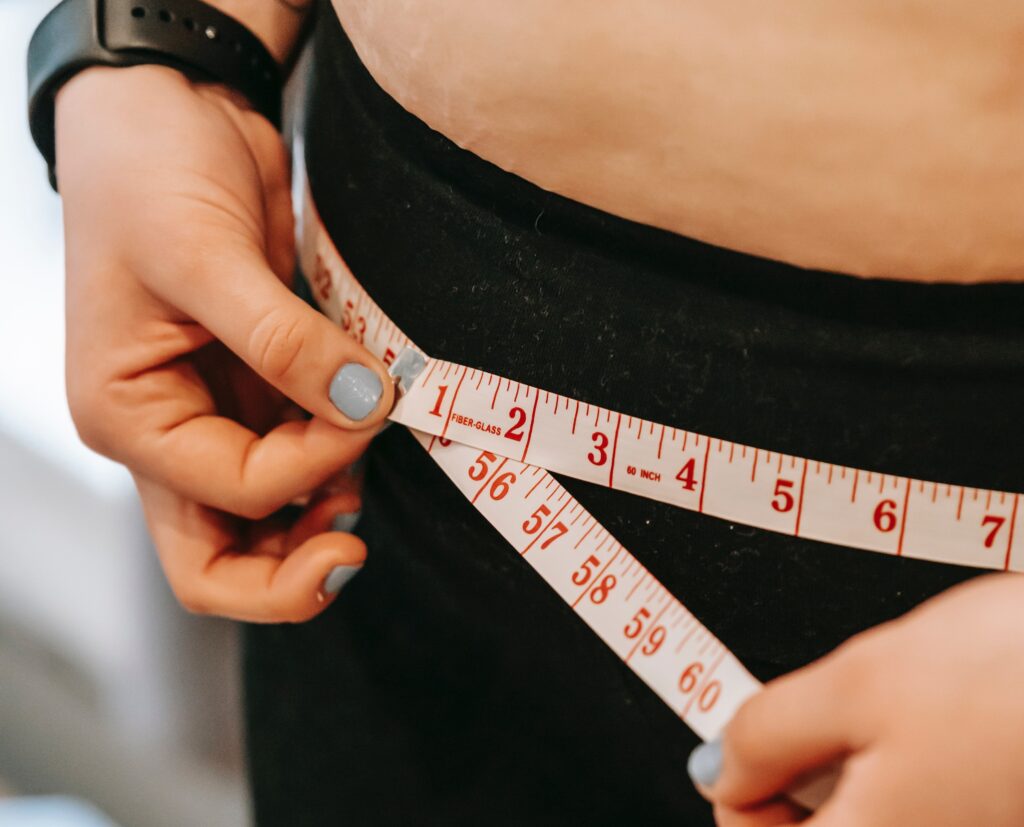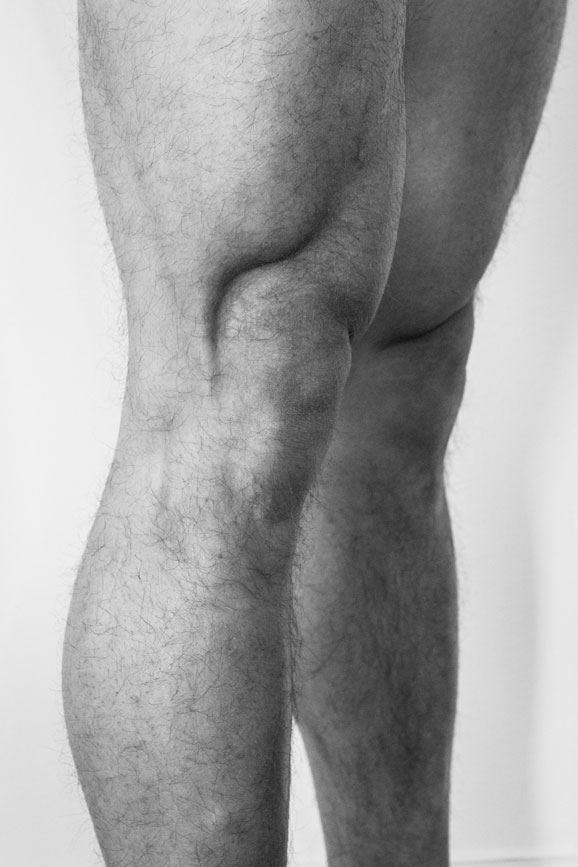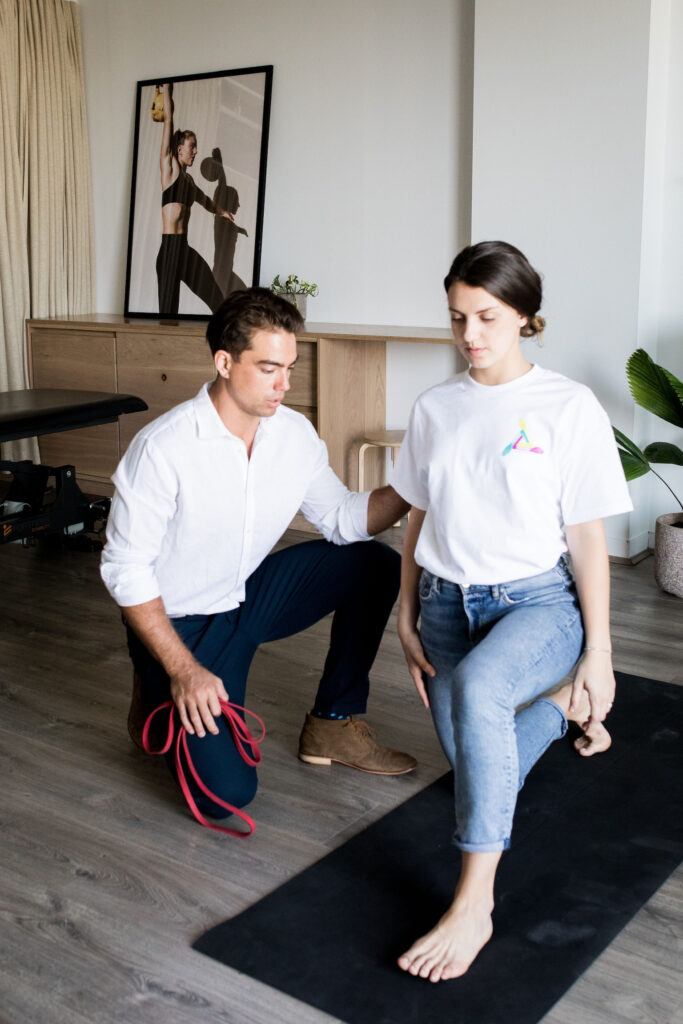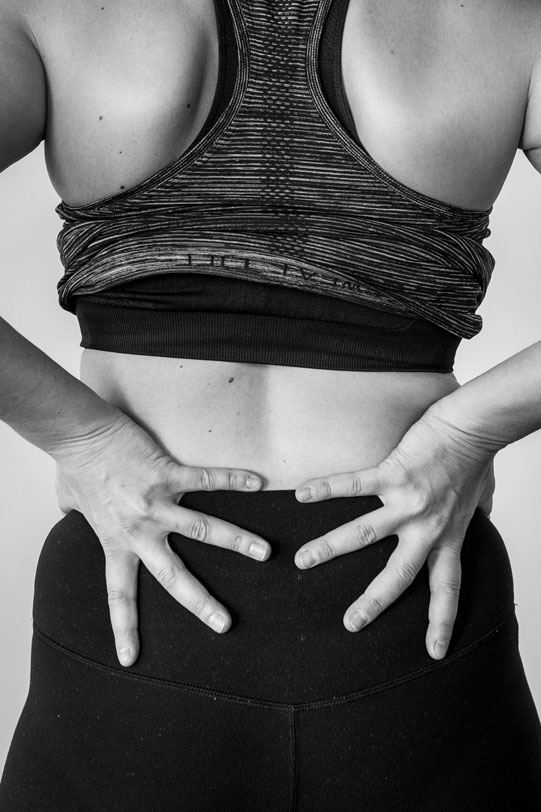Welcoming a new life into the world is a beautiful and transformative experience for any mother. However, the postpartum period can be challenging as the body goes through significant changes. As a new mother, you may be eager to regain your pre-pregnancy exercise routine, but it’s crucial to approach postpartum exercise with care. In this blog, we’ll explore the do’s and don’ts of postpartum exercise to help you on your journey to a healthier post-baby body.
When is it OK to Exercise Postpartum?
The timing of exercise after birth is a common concern for new mothers. It’s essential to remember that every woman’s body is unique, and recovery time varies. Generally, if you had a vaginal birth, light exercises like walking and gentle stretching can be started as soon as you feel comfortable. Research suggests that you begin postpartum pelvic floor exercise and breathing the days after birth. However, it’s crucial to consult with your healthcare provider before starting any postnatal exercise
For those who gave a belly birth, the recovery period may take a bit longer. Typically, it’s recommended to wait until after the six-week postpartum check-up before engaging in postnatal exercise. Remember, patience and listening to your body’s signals are key during this period.
Types of Postpartum Exercises
The postpartum workout routine should focus on gentle movements that aid in recovery, building strength and assisting you to return to activities of daily living without putting excessive strain on the body. Here are some recommended exercises:
- Postpartum Pelvic Floor Exercises: Enhancing the synergy of the pelvic floor muscles is essential for postpartum recovery and preventing complications like urinary incontinence. This can include breathing, kegels or relaxation techniques.
- Walking: A simple and effective exercise, walking helps improve cardiovascular health, aids in the healing process and gives you and baby some beautiful fresh air. Start with short walks and gradually increase the duration as you feel comfortable.
- Yoga/ Stretching: Postpartum yoga can help restore flexibility and alleviate tension. It also promotes relaxation and mental well-being during this demanding time.
How to Get Rid of Hanging Belly After a C-section?
For many women who have undergone a C-section, dealing with the “hanging belly” or loose skin can be a concern. While it’s essential to remember that your body has undergone significant changes and will take time to recover fully, there are some strategies to assist your abdominal area:
- Wearing recovery shorts: Using recovery shorts can provide gentle compression to the abdominal area, promoting muscle recovery and reducing swelling. These are also beneficial for the pelvic floor.
- Postpartum Core Exercises: Engaging in specific postpartum core exercises, like pelvic tilts and gentle abdominal contractions with breathing, can help strengthen the abdominal muscles gradually.
- Healthy Diet: Maintaining a balanced and nutritious diet can contribute to weight loss and overall well-being.
- Patience and Self-Care: It’s crucial to give yourself time and practice self-compassion during this period. Avoid comparing your postpartum body to others, as every woman’s journey is unique.
Remember, exercise after birth is to assist your recovery, relieve stress and give you some personal time. So if you’re wondering how to get rid of hanging belly after c-section, there is no one method suits all. Moreover, your body doesn’t need to “bounce back” immediately after the amazing journey your body has just been through. Every body is different and here’s where a women’s health physio can help you navigate what’s best for you body at its every stage of recovery.
How to Prevent Injury Postpartum?
Postpartum bodies are at an increased risk to injuries due to hormonal changes and weakened muscles. To prevent injuries during your postpartum workouts, keep the following tips in mind:
Start Slowly. Avoid jumping into intense workouts right away. Begin with low-impact exercises and gradually increase the intensity as your body strengthens.
Maintain Proper Form. Focus on maintaining proper form during exercises to avoid straining.
Incorporate a Warm-up and Cool Down. Always warm up before exercising and cool down after. This helps prime your body and aids in recovery.
Listen to Your Body. Pay attention to any pain or discomfort during exercise. If something doesn’t feel right, stop and consult your healthcare provider.
When to See a Women’s Health Physio?
A women’s health physiotherapist specializes in postpartum recovery and can provide personalized exercises and treatments to address your specific needs. It is suggested postpartum women seek an examination to assist in recovery despite the delivery method.
In conclusion, postpartum exercise is a crucial aspect of regaining strength and overall well-being after childbirth. Remember to be patient with yourself, start slowly, and consult your healthcare provider before beginning any exercise routine. By taking a gradual and mindful approach, you can set the stage for a happy and active motherhood journey.
- Written By Jordy Mitchell (Exercise Physiologist)
- Last Updated On 13 Nov 2023
